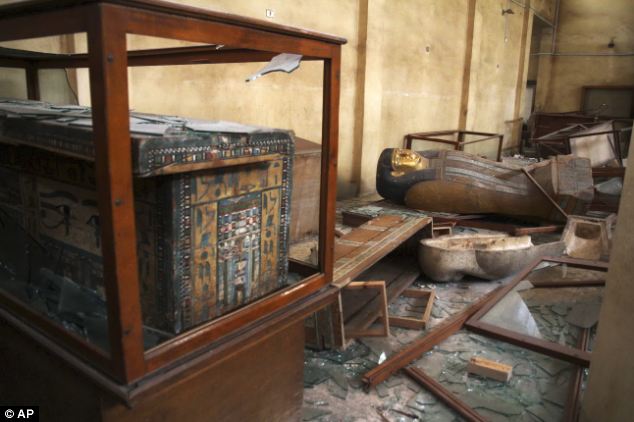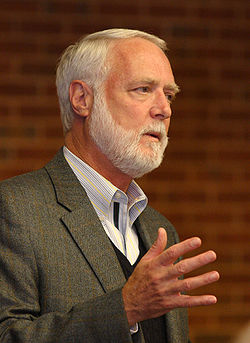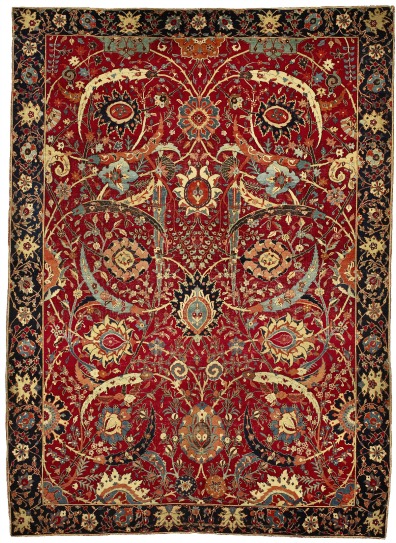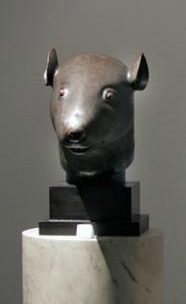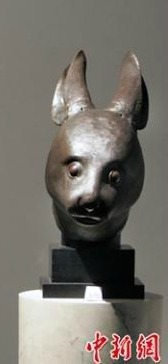Violence in Egypt has spread to museums again, and this time it looks more serious than the thefts from the Egyptian Museum in Cairo many months back.
 A new report called a recent episode “the biggest theft to hit an Egyptian museum in living memory.” Among the losses are “a prized 3,500-year-old limestone statue, ancient beaded jewelry and more than 1,000 other artifacts.” There was human loss, too: “The museum’s ticket agent was killed during the storming of the building, according to the Antiquities Ministry.”
A new report called a recent episode “the biggest theft to hit an Egyptian museum in living memory.” Among the losses are “a prized 3,500-year-old limestone statue, ancient beaded jewelry and more than 1,000 other artifacts.” There was human loss, too: “The museum’s ticket agent was killed during the storming of the building, according to the Antiquities Ministry.”
The scale of the looting of the Malawi Museum in the southern Nile River city of Minya laid bare the security vacuum that has taken hold in cities outside Cairo, where police have all but disappeared from the streets. It also exposed how bruised and battered the violence has left Egypt.
For days after vandals ransacked the building Wednesday, there were no police or soldiers in sight as groups of teenage boys burned mummies and broke limestone sculptures too heavy for the thieves to carry away. The security situation remained precarious Monday as gunmen atop nearby buildings fired on a police station near the museum.
Among the stolen antiquities was a statue of the daughter of Pharaoh Akhenaten, who ruled during the 18th dynasty. Archaeologist Monica Hanna described it as a “masterpiece”. Other looted items included gold and bronze Greco-Roman coins, pottery and bronze-detailed sculptures of animals sacred to Thoth, a deity often represented with the head of an ibis or a baboon.
The source is an Associated Press story dated yesterday and published by Auction Central News. “Wednesday,” however, must refer to 8/14 — I think.
This museum “was a testament to the Amarna Period, named after its location in southern Egypt that was once the royal residence of Nefertiti. The area is located on the banks of the Nile River in the province of Minya, some 190 miles (300 kilometers) south of Cairo.”
The article relates some heroics by an archaeologist named Monica Hanna, who under sniper fire, managed — with a guard — to save five sarcoghaghi, two mummies, and other items. But:
The Egypt Heritage Task Force, a group of Egyptian archaeologists who use social media to try to raise awareness about illegal digging for artifacts and looting, said 1,050 pieces were stolen from the museum.
UNESCO also carried a report, accessible here.
The Daily Mail also had a story, along with many pictures, including the one, posted bottom left, here.

